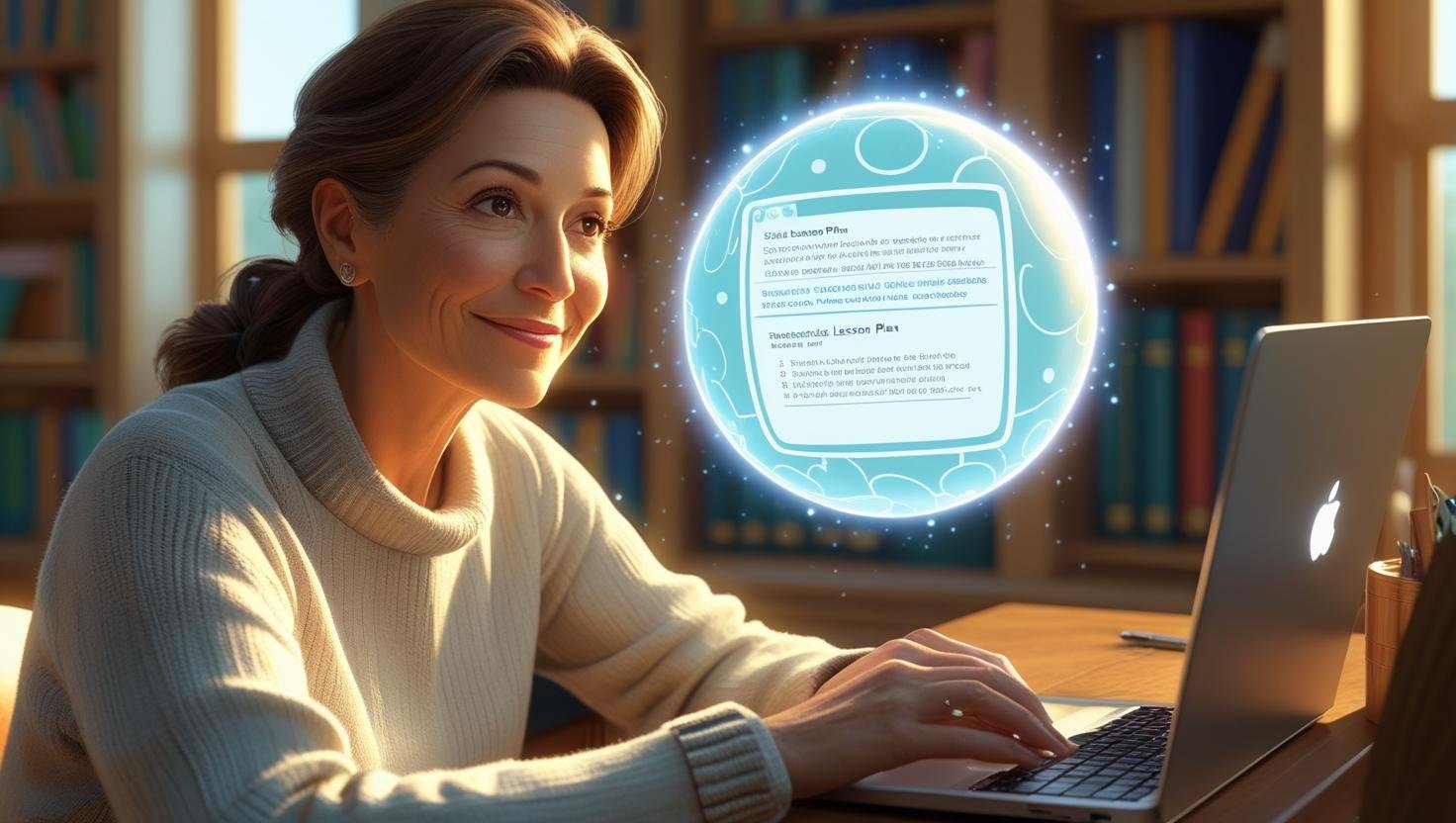Ditch the Dread: How to Embrace AI in the Classroom
Image created with AI
AI has become the boogeyman in a lot of staff rooms lately, hasn't it? I get it. The minute a new technology bursts onto the scene, there's always a wave of fear and skepticism. Will it replace me? Is it just a fancy way for students to cheat? In my classroom, I've heard all the concerns, and I've even had some of my own. But I've also seen firsthand that when we move past the initial stigma, AI can be a game-changer for both us and our students. It's not about replacing the human element; it's about amplifying it.
Your AI Teaching Assistant is Here
Let's start with what AI can do for you. As teachers, our plates are constantly overflowing. Between lesson planning, grading, communicating with parents, and managing all the administrative tasks, it's a wonder we have time to actually teach. This is where AI tools can be your new best friend. I've found that using tools like MagicSchool.ai to generate rubrics or a quick quiz has saved me hours every week. I just input the topic and the learning objective, and it gives me a solid draft that I can then tweak to fit my students' specific needs.
These tools aren't meant to do the work for you, but to help you with the heavy lifting. Think of it as having a teaching assistant who can handle the repetitive tasks, freeing you up to focus on what you do best: building relationships with your students and providing personalized support. According to a study from North Carolina State University, educators are optimistic about AI's potential to reduce teacher workloads and deepen student learning. By automating administrative tasks, we create more opportunities for meaningful human connection.
Reframing the Conversation: From Cheating to Collaboration
The biggest hurdle for most of my colleagues has been the fear of students using AI to cheat. This is a valid concern, but it's one we can overcome by reframing the conversation. Instead of banning AI, we need to teach students how to use it responsibly and ethically. In my own class, I've incorporated projects where students are required to use an AI tool as part of their creative process. For example, when my students were writing about historical figures, I had them use a generative AI tool to create a fictional "interview" with that person. They had to prompt the AI with accurate historical facts and then critically analyze and edit the output.
This approach teaches them to see AI not as a shortcut, but as a collaborative partner. It shifts the focus from simply producing a final product to the process of critical thinking, research, and revision. We can give students assignments that are more focused on applying knowledge rather than just recalling facts. This not only prepares them for a world where AI is a common tool but also encourages a deeper level of engagement with the material.
Here's a quick list of ways you can start to incorporate AI into your classroom right now:
Brainstorming Buddy: Use a tool like ChatGPT to generate creative ideas for a project or essay topic.
Content Re-Leveler: Use a tool like Diffit to quickly adjust the reading level of an article or text to meet the needs of different learners.
Feedback Assistant: Use an AI tool to help draft personalized feedback on student essays, saving you time while providing specific, actionable insights.
The key to getting past the stigma isn't to pretend AI doesn't exist. It's to lean into it, to experiment, and to show our colleagues and students how to harness its power for good. AI is here to stay, and by embracing it, we can make our jobs more manageable and our teaching more impactful.

